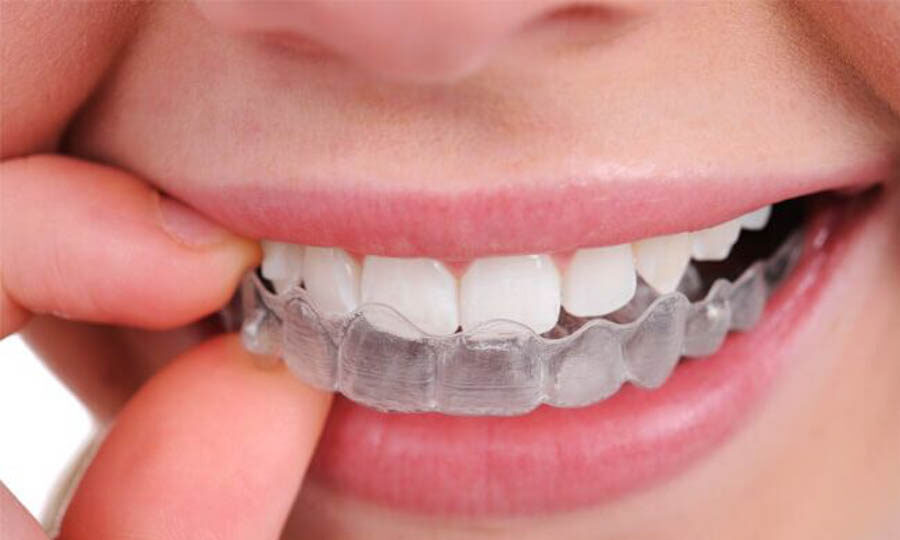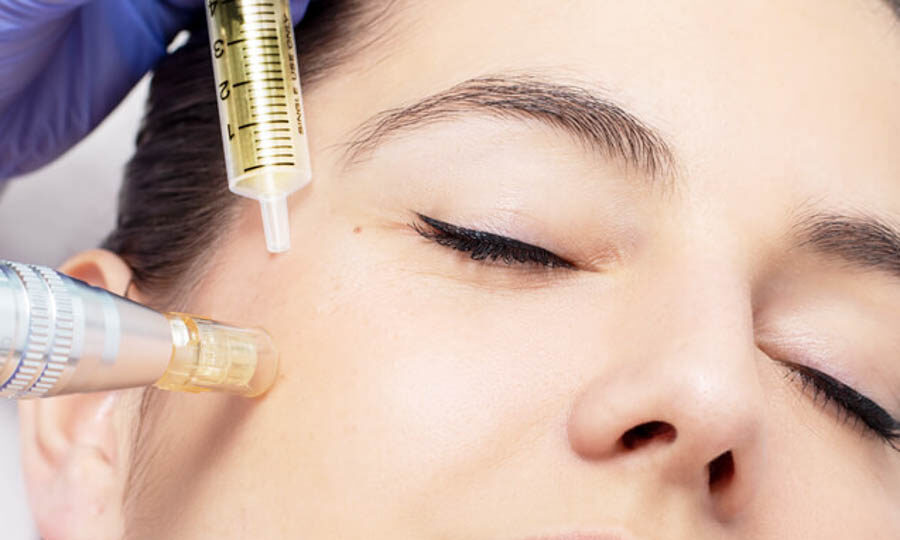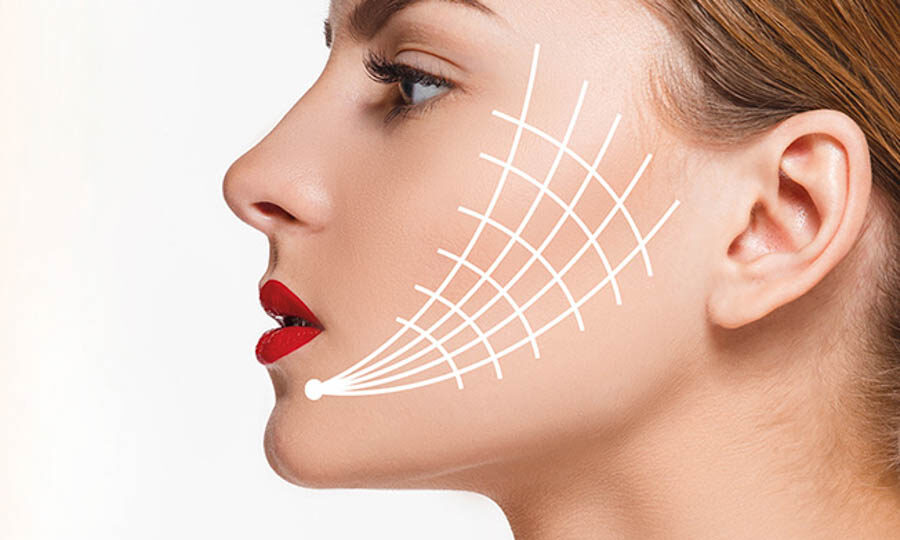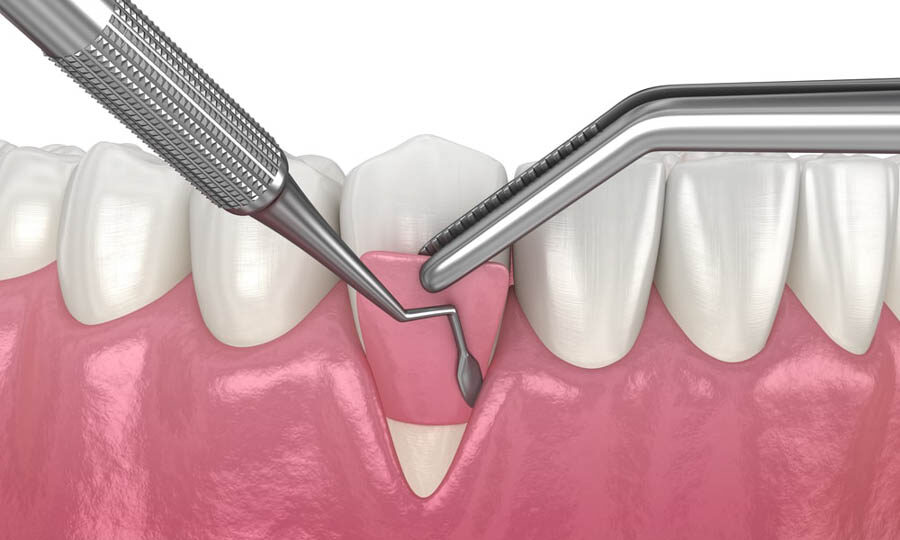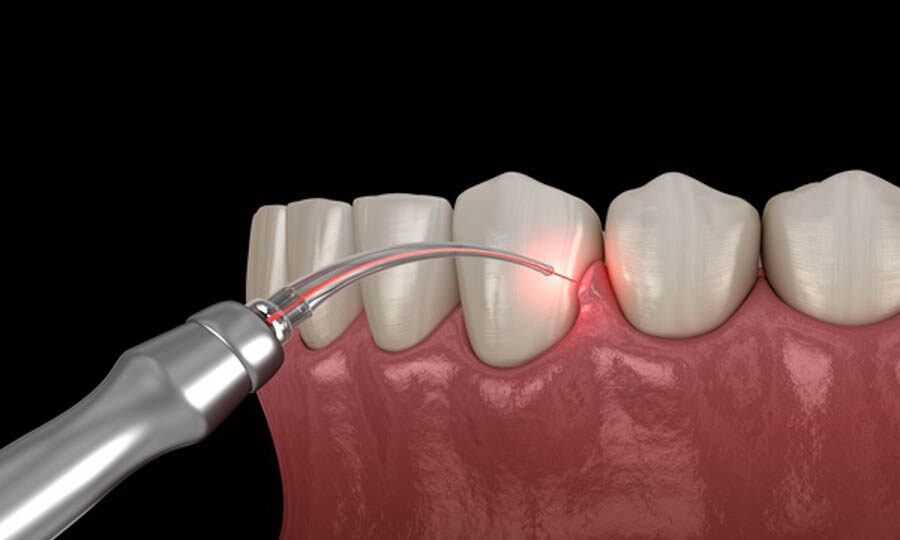Intraoral scanners for precise treatment
Intraoral Scanners: Revolutionizing Precise Treatment Planning
Intraoral scanners are transforming modern dentistry by providing a highly accurate and efficient way to capture digital impressions of patients’ teeth and gums. These devices improve precision in treatment planning, enhance patient comfort, and reduce the time required for dental procedures.
What Are Intraoral Scanners?
An intraoral scanner is a handheld device that uses advanced optical technology to create detailed 3D images of a patient’s oral structures. Unlike traditional impressions, which involve messy materials, intraoral scanners capture digital impressions in a non-invasive and patient-friendly manner.
How Do Intraoral Scanners Work?
Intraoral scanners work by using a small wand to scan the surfaces of the teeth and gums. The device projects light onto the area, and sensors capture data to generate a 3D digital model. This model is used by dentists to plan treatments with unmatched precision.
Benefits of Intraoral Scanners
Intraoral scanners offer numerous advantages over traditional methods:
- Accuracy: Intraoral scanners provide highly precise digital impressions, reducing the likelihood of errors in treatment planning.
- Comfort: Patients no longer need to endure uncomfortable impression trays and materials.
- Efficiency: Scans are quick and can be instantly sent to dental labs for faster processing.
- Visualization: Dentists can show patients detailed 3D models, improving understanding and communication about treatment options.
- Sustainability: Digital impressions reduce the need for disposable materials, making them an eco-friendly option.
Applications of Intraoral Scanners in Dentistry
Intraoral scanners are versatile tools used in various dental treatments, including:
- Orthodontics: Creating precise aligners, braces, and other orthodontic appliances.
- Restorative Dentistry: Designing crowns, bridges, inlays, and onlays with high accuracy.
- Implant Planning: Mapping oral structures to ensure optimal implant placement.
- Cosmetic Dentistry: Designing veneers and other cosmetic restorations to enhance smiles.
Why Choose Intraoral Scanners?
Intraoral scanners streamline the dental workflow, allowing dentists to provide faster, more effective, and precise treatments. Patients benefit from a more comfortable experience and better outcomes, making intraoral scanning a game-changer in modern dentistry.
The Future of Intraoral Scanning
As technology advances, intraoral scanners are becoming even more powerful. Features like AI-powered analysis, real-time feedback, and integration with CAD/CAM systems are pushing the boundaries of what’s possible in dental care.
If you’re looking for precise, comfortable, and efficient dental treatments, ask your dentist about intraoral scanners. Experience the future of dentistry today!



